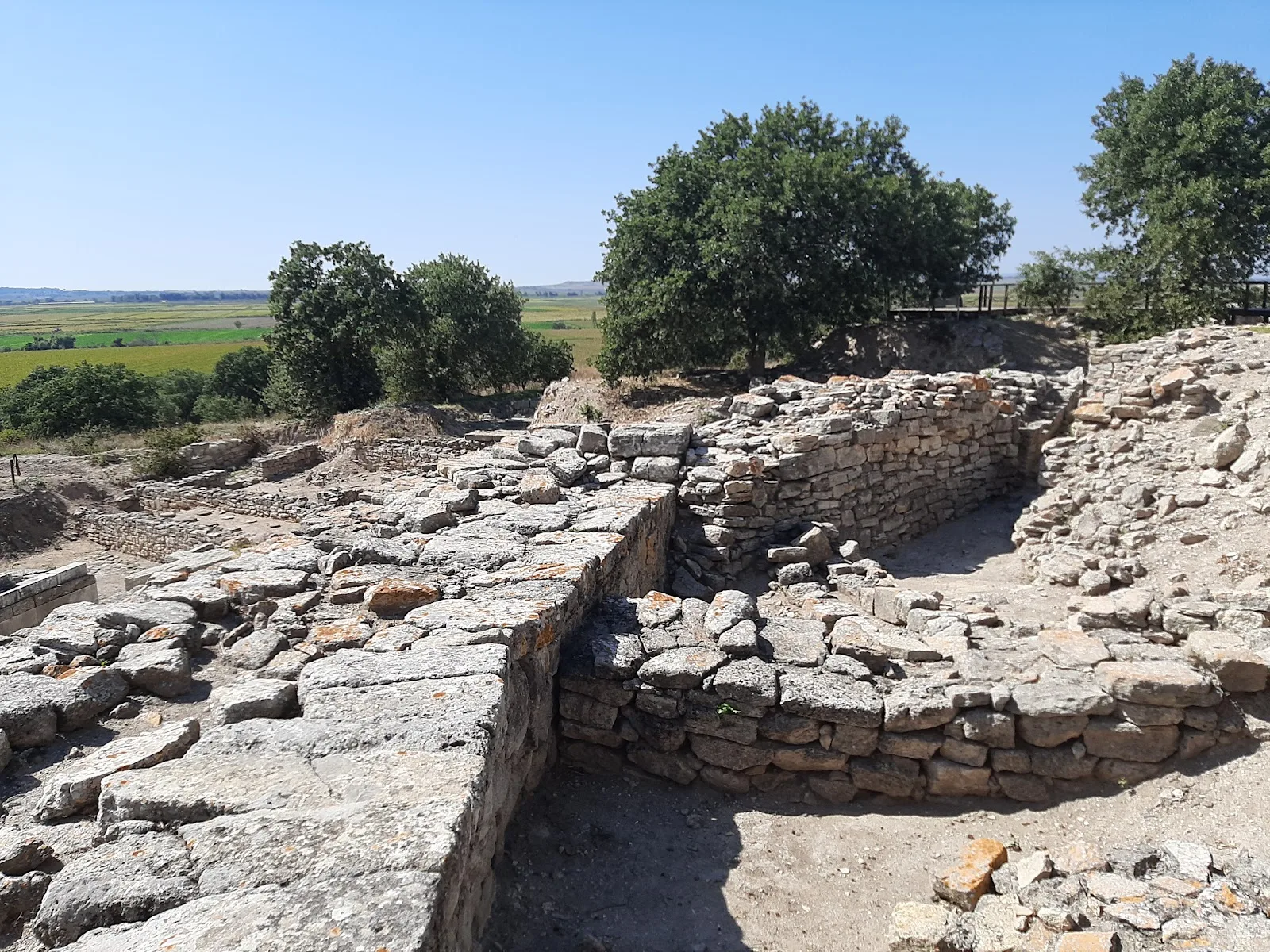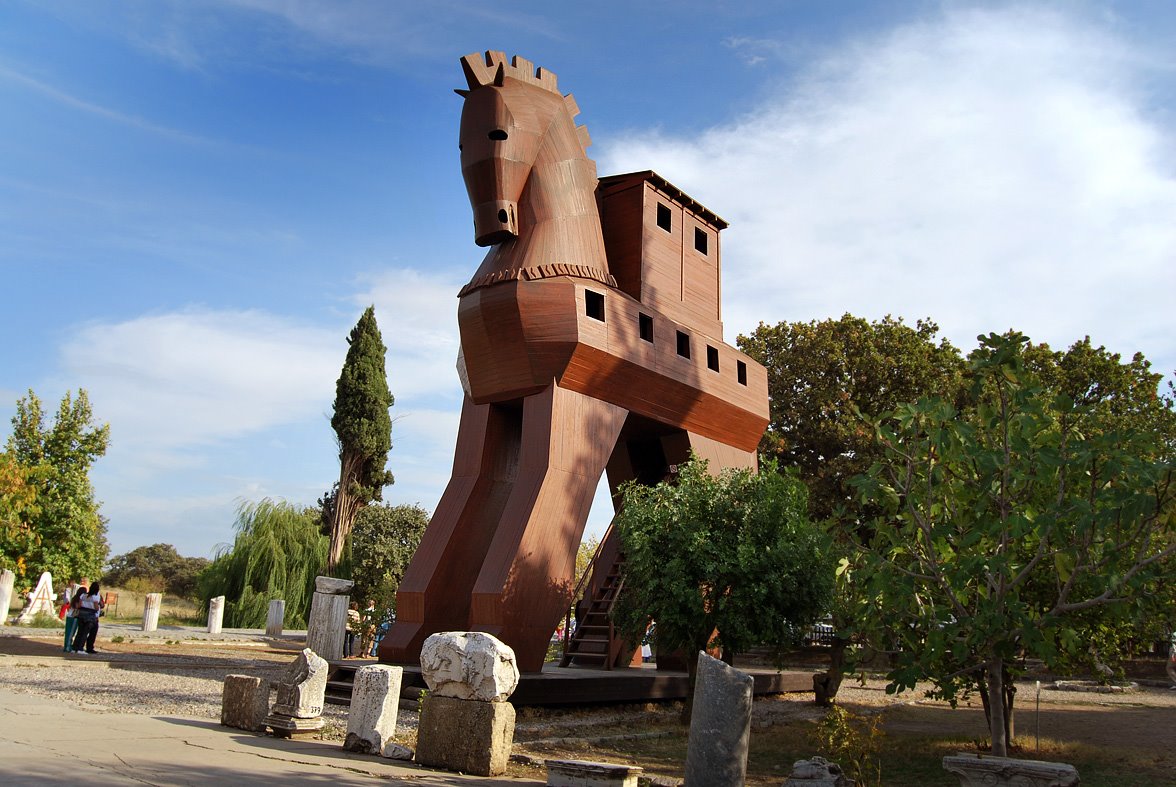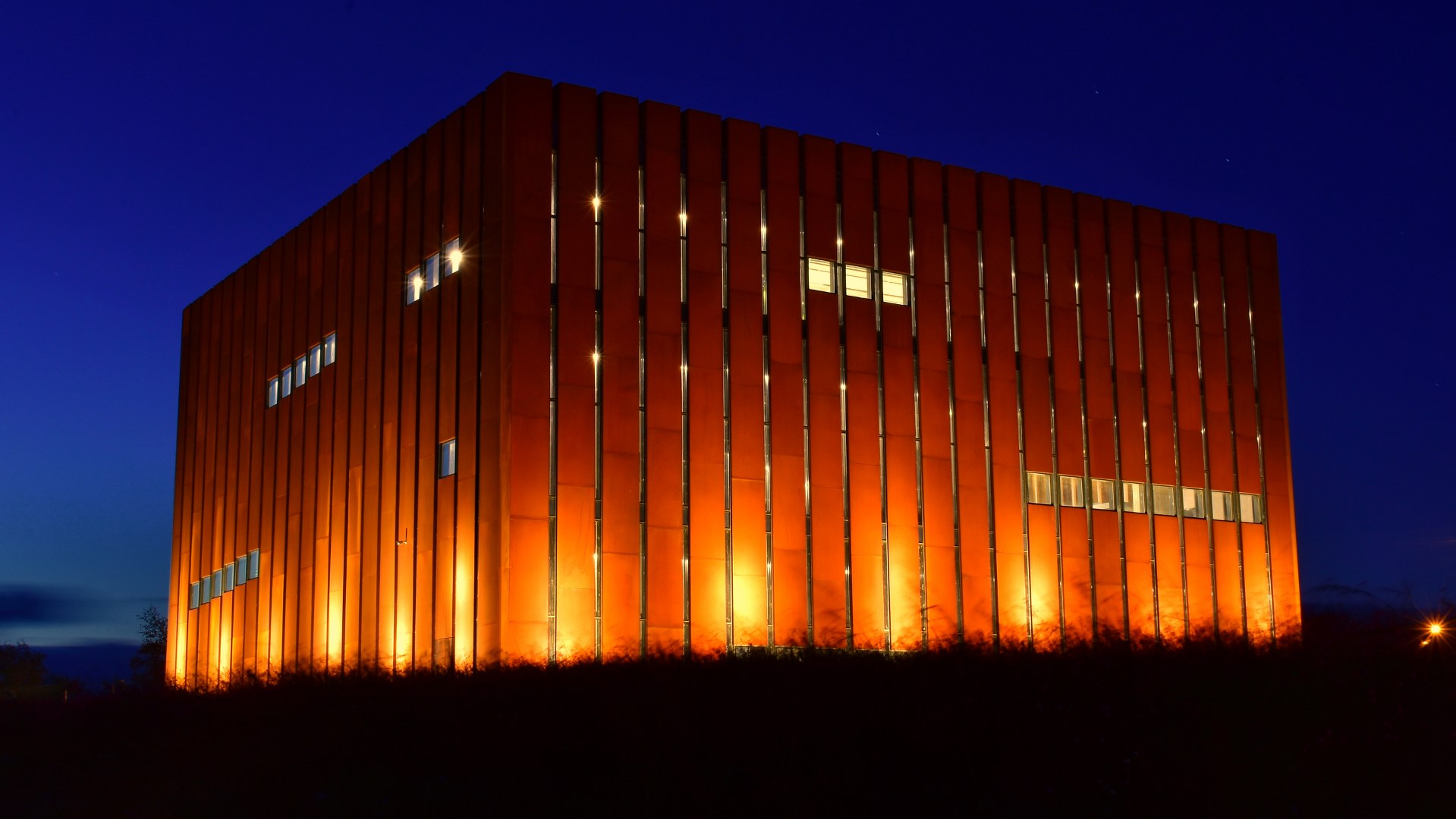Are you one of those who have only read about the wrath of Achilles, the courage of Hector, the impossible love of Paris, and the legendary Trojan War in books and movies? What if we told you that you have the chance to walk on the very lands where all these legends took place, to touch those ancient walls, and to see thousands of years of secrets with your own eyes? In the heart of Çanakkale, an unforgettable adventure awaits you in this magical geography where history and mythology intertwine. This guide has been prepared to ensure your list of things to do in the Ancient City and Museum of Troy is complete and full of excitement. Fasten your seatbelts, because you are about to discover not just an archaeological site, but the very heart of an epic that gave life to Homer's verses!
In fact, thousands of years before you, people came here with the same sense of wonder and admiration. From Alexander the Great to Roman emperors, the greatest names in history visited these lands to pay their respects to the heroes of the Iliad. So, this trip you are about to take will be a modern link in a thousands-of-years-old tradition. If you're ready, let's jump into our time machine and head to where the legends began!
Explore the 9-layered ancient city on the UNESCO World Heritage list
When you step into Troy, the first thing that will greet you will be what looks like a pile of stones and wall remains. It might seem a bit confusing at first, but you are actually standing right inside a time tunnel. This isn't just one city, but a massive layer of history built on the ashes of 9 different cities. Think of it this way: your favorite cake has 9 different layers, and each layer offers a different flavor, a different texture. Troy is exactly like that! For more than 3000 years, from the first settlement in 3000 B.C. to the Roman Empire, this city was destroyed and rebuilt time and time again.
Of course, there's a reason for these layers. Troy's location was both its greatest blessing and its greatest curse. Being a bridge between Anatolia, the Aegean, and the Balkans made it an incredibly rich trade center. However, this strategic importance also made it a constant target. Although wars, earthquakes, and fires razed the city to the ground multiple times, it always managed to rise from its ashes, stronger each time. Every stone you see as you walk around today is a silent witness to this cycle of destruction and rebirth.
So, what should you see among these stones?
The Legendary Walls: The massive walls, especially from the Troy VI period, will mesmerize you. According to legend, these walls were said to be impenetrable because they were built by the gods Poseidon and Apollo. When you touch those enormous stone blocks, it's impossible not to imagine the moments when Hector defended his city upon these very walls.
The Ramp Gate: As one of the best-preserved defense structures in the world, this gate was one of the main entrances to the city and was cleverly designed to allow war chariots to enter and exit quickly. It is strategic genius turned to stone.
The Temple of Athena: This sacred area, where Alexander the Great once left his armor as an offering, was the religious center of the city. Even as you wander among its ruins today, you can still feel that spiritual atmosphere.

Take a photo inside the symbolic wooden horse at the entrance of the ancient city
When one thinks of Troy, the first image that comes to mind is undoubtedly that giant wooden horse. The symbol of an incredible trick that changed the fate of a 10-year war that had exhausted both sides... We all know the story: the Achaeans (Greeks), pretending to withdraw from the war, leave behind a giant wooden horse as a gift to the gods. The Trojans, drunk with victory, bring this gift inside their impenetrable walls. However, the horse is filled with the most elite Achaean warriors, led by Odysseus. When night falls, the warriors emerge from the horse, open the city gates, and thus begins the tragic end of Troy.
The magnificent wooden horse that greets you at the entrance of the ancient city is, of course, not the horse from the legend. It is a symbolic structure built in 1974, inspired by figures on ceramic pots of the era. But that doesn't diminish its magic one bit! You can climb its stairs, go inside, and look out at the ancient city from its windows to immortalize the moment. This will be the most iconic photo of your Troy trip, we can tell you that already.
A Traveler's Tip: If you can't get enough of horses, let us tell you a secret! The giant, much more realistic-looking horse used in the famous 2004 movie Troy is waiting for you in the center of Çanakkale, on the Kordon (waterfront). After your Troy visit, you can take a short break in the city center and snap a photo with this cinematic giant as well.
Interestingly, this 3000-year-old war trick continues to live on in today's world. The term Trojan Horse is now used in the cybersecurity world to describe one of the most common types of malicious software. Just like in the legend, these programs, which appear harmless, release their malicious code once they enter your computer, causing damage to your system. So, as you stand before that wooden horse, you'll be looking not just at a legend, but at a concept that inspired one of the biggest threats of the modern digital age.

Visit the Troy Museum, one of the world's most important archaeology museums
After tracing the footsteps of legends on the dusty paths of the ancient city, get ready for the second and perhaps most fascinating part of the adventure: the Troy Museum. This is no ordinary museum; it is a cultural treasure that has proven itself on the international stage with its modern architecture, compelling narrative, and priceless artifacts. So much so that shortly after its opening, it made it onto TIME magazine's World's 100 Greatest Places list and won special awards in prestigious competitions like the European Museum of the Year.
The museum itself is designed as a tribute to the layered structure of Troy. As you ascend between floors via ramps, you embark on a journey through Troy's thousands of years of history. But what makes this museum truly special are the stories it holds. It has a powerful stance that makes you feel that a heritage, smuggled abroad and plundered for centuries, has finally returned home. This museum is one of the most concrete and magnificent proofs of Anatolia's claim to its cultural heritage.
So, what awaits you inside this treasure chest? Here are 3 masterpieces you shouldn't miss:
The Polyxena Sarcophagus: A Tragedy on Stone: Perhaps the most poignant artifact in the museum. This sarcophagus tells the tragic story of Princess Polyxena, the youngest daughter of King Priam of Troy. The pain of the princess, who was sacrificed at Achilles' tomb to appease his spirit after the fall of Troy, is carved into the marble with all its vividness. This artifact is of priceless importance to the world of archaeology as it is the earliest figurative sarcophagus ever found in Anatolia. Museum officials also use this piece as a symbolic tool to draw attention to violence against women today, adding a modern meaning to a thousands-of-years-old story.
Priam's Treasure: An Adventurer's Controversial Discovery: In this section, you will witness one of Troy's most famous and controversial stories. In 1873, amateur archaeologist Heinrich Schliemann believed he had found the legendary treasure of King Priam, as described by Homer. However, he secretly smuggled these priceless gold artifacts out of Ottoman lands and caused a global stir by publishing a photograph of his wife, Sophia, wearing the jewelry. The treasure's adventurous journey extends from Athens to Berlin, then disappearing after World War II only to reappear in Russia years later. In the museum, you can see this incredible story and the remaining pieces of the treasure.
The Luwian Seal: Troy's Oldest Written Document: Don't be fooled by its size; this 2.3 cm bronze seal sheds light on one of Troy's greatest secrets. With its Luwian script, it holds the title of the oldest written document found in Troy. This tiny artifact is one of the most concrete pieces of evidence that Troy was not so much a Greek city as an Anatolian kingdom with deep ties to other great Anatolian civilizations, like the Hittites.

Conclusion: Routes to Crown Your Trojan Adventure
If you still have energy after an unforgettable day in the magical world of Troy, Çanakkale has much more to offer. Since you've come this far, you can crown your trip with a few small getaways.
If you want to discover another ancient paradise by the sea, among olive trees, set your course for Assos. The pleasure of watching the sunset from the Temple of Athena is priceless. For a detailed itinerary, you can check out our article discover this pearl of the Aegean with our Assos travel guide.
If you're looking for a more lively atmosphere, Çanakkale city center awaits you. You can shop at the historic Aynalı Çarşı (Mirrored Bazaar), enjoy the sea breeze on the Kordon, and take another souvenir photo with the famous Trojan Horse from the movie. To find out what you can do in the city, be sure to look at our list of places to visit in Çanakkale city center.
Frequently Asked Questions (FAQ)
1. How much is the entrance fee for the Ancient City and Museum of Troy, and is the Müzekart (Museum Card) valid?
Yes, the Müzekart is valid at both the ancient city and the museum, providing free entry for Turkish citizens. If you do not have a Müzekart, the entrance fee for the museum as of 2024 is 600 TL. However, as fees can be updated periodically, we recommend checking the official websites before you go.
2. How do I get to Troy and what are the visiting hours?
Getting to Troy is quite easy. The Tevfikiye Village minibuses departing from the Cuma Pazarı (Friday Market) parking lot in the center of Çanakkale will take you directly to the entrance of the ancient city and museum. Visiting hours vary between the summer and winter seasons. You can consider the table below when planning your trip.
| Topic | Details |
|---|---|
| Visiting Hours (Summer) | April 1 - October 1: 08:30 - 20:00 (Ticket Office Closes: 19:30)
|
| Visiting Hours (Winter) | October 1 - April 1: 08:30 - 17:30 (Ticket Office Closes: 17:00)
|
| Entrance Fee (Museum) | 600 TL (2024 data, check the official site for current price)
|
| Müzekart (Museum Card) | Free entry for Turkish citizens with Müzekart
|
| Transportation | With Tevfikiye Village minibuses from the Cuma Pazarı parking lot in Çanakkale center
|
Bibliography
For more technical information about Troy's UNESCO World Heritage status, you can visit (https://whc.unesco.org/en/list/849).


 English
English Türkçe
Türkçe